A guide to renting out your Alpine property
From navigating costs and financing to tips for hassle-free renting, Knight Frank's Alpine experts share how to unlock year-round returns in the heart of the mountains
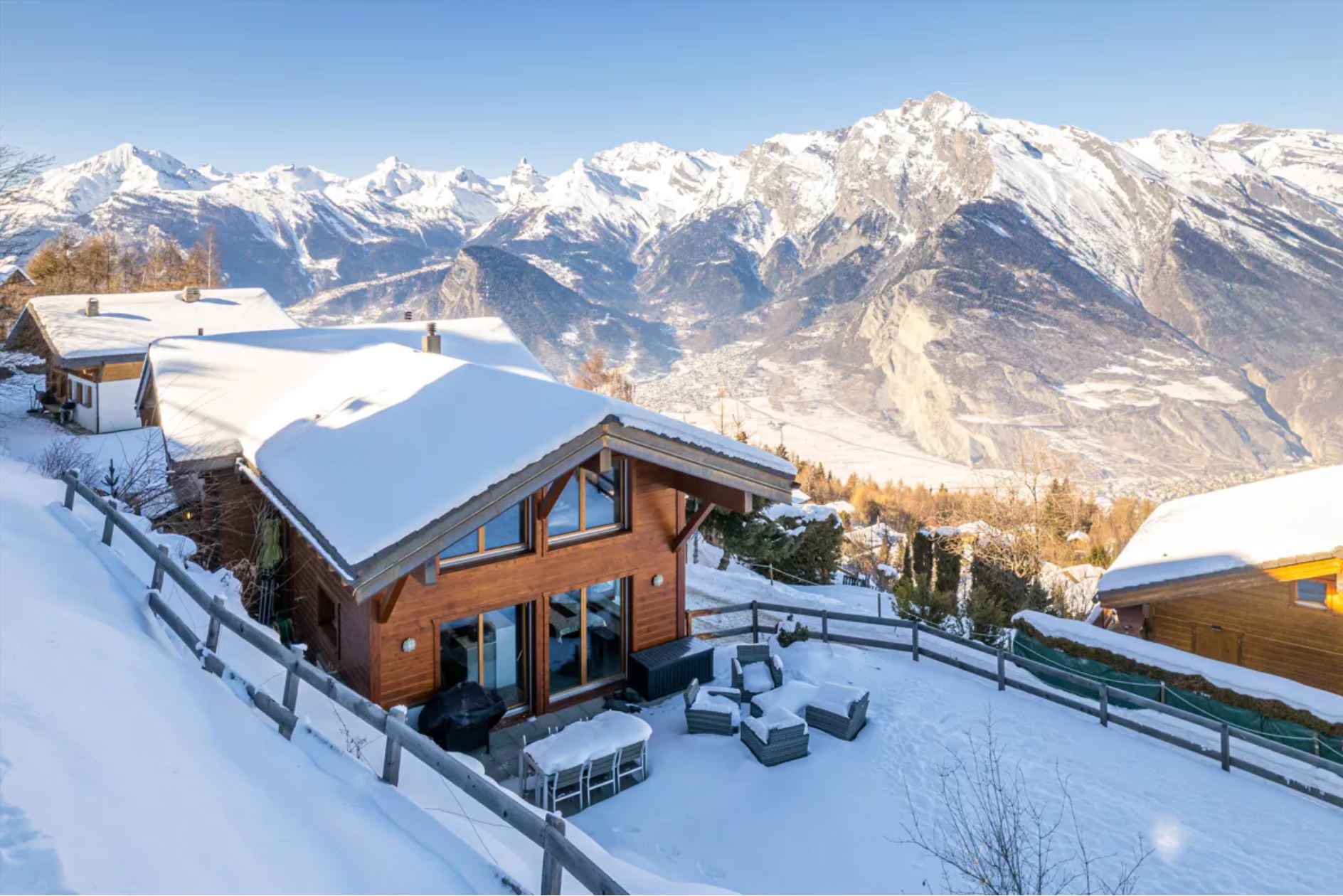
As the snow blankets the Alps, heralding the arrival of the new ski season, there’s excitement among keen skiers, especially after a few seasons marred by interruptions.
Traditionally, an Alpine home might not have been the go-to option for high-yielding investments, but times are changing. As Knight Frank’s Roddy Aris, a seasoned expert in the Alpine network, notes in the 2024 Ski Property Report, "The growth of year-round tourism in the Alps, coupled with a diminishing pool of available rental homes, is boosting landlords’ revenue."
A decade ago, a 10 to 15-week rental period in the Alps was the norm. In today’s landscape, a 30-week occupancy rate is not uncommon. Mid-altitude resorts such as Verbier, Crans-Montana, Chamonix, and Megève can expect a sweet spot of 20 weeks during the ski season (from December to Easter) and an additional 10 weeks during the rest of the year.
This surge in demand is not without its challenges. Stock is limited, and some business owners have resorted to purchasing flats and chalets to house their staff due to limited availability. Strict planning rules in the French Alps and a 20% cap on second homes in Switzerland further exacerbate the scarcity, putting upward pressure on rents.
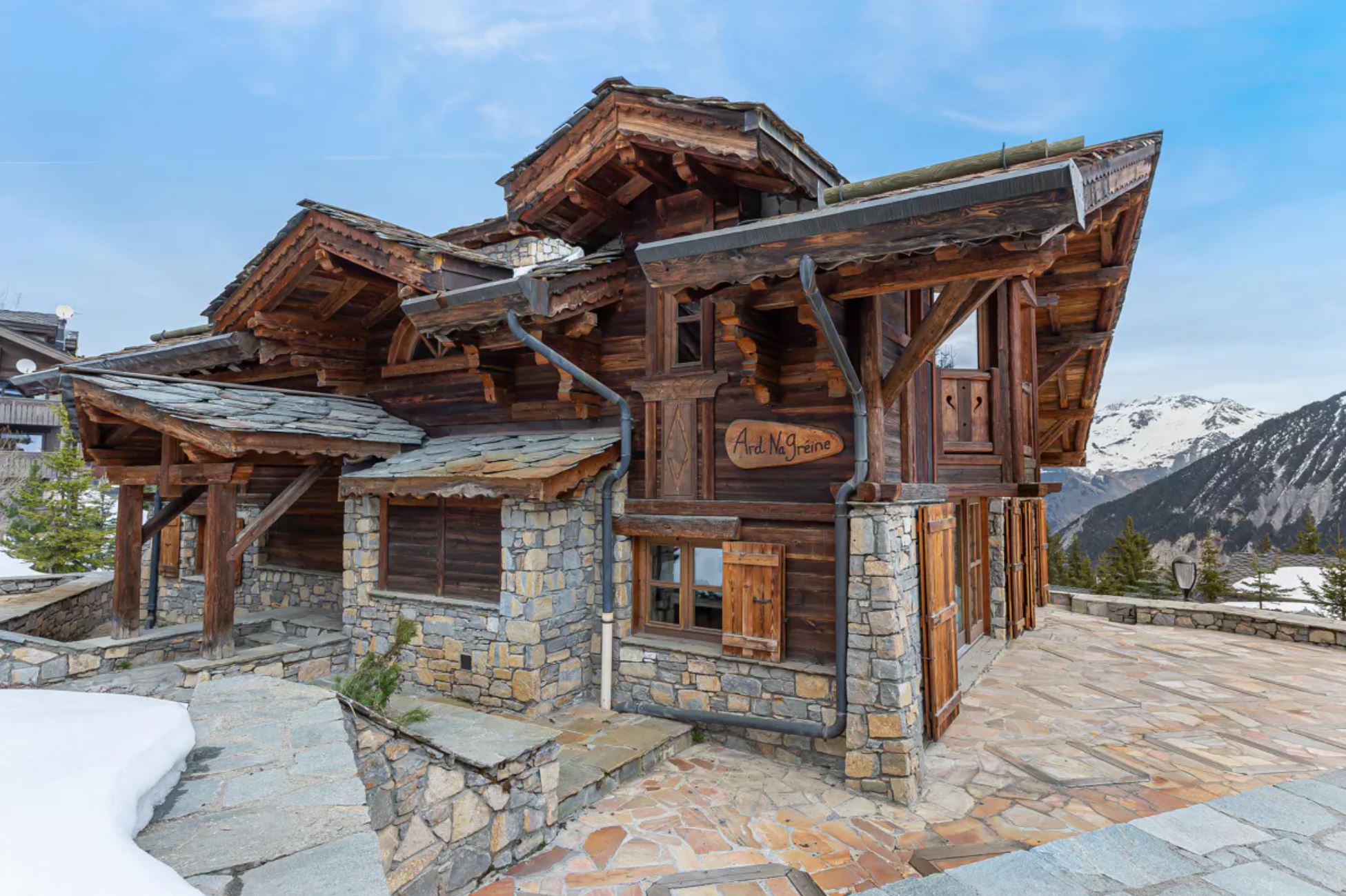
A beautiful five bedroom, five bathroom chalet close to the slopes in the sought-after area of Courchevel 1850. Asking price: €12,500,000
If you’re searching for the perfect rental Alpine home, here are six key points to consider.
1. Costs
For those contemplating renting out their property, the financial considerations are paramount. Key costs to anticipate include repair and maintenance expenses, including snow clearing and gardening, service charges, agency commissions, and management fees, as well as utilities. According to Aris, “Net yields will vary significantly according to these, but a gross rental yield of around 4% is achievable in most resorts.”
2. Rules and regulations
Understanding the rules and regulations governing the rental of your ski home is crucial. Aris points out, "There are no restrictions on the number of nights second homes can be let in the French or Swiss Alps, subject to purchase structure." However, communities of owners may opt to limit holiday lets within their development on a case-by-case basis.
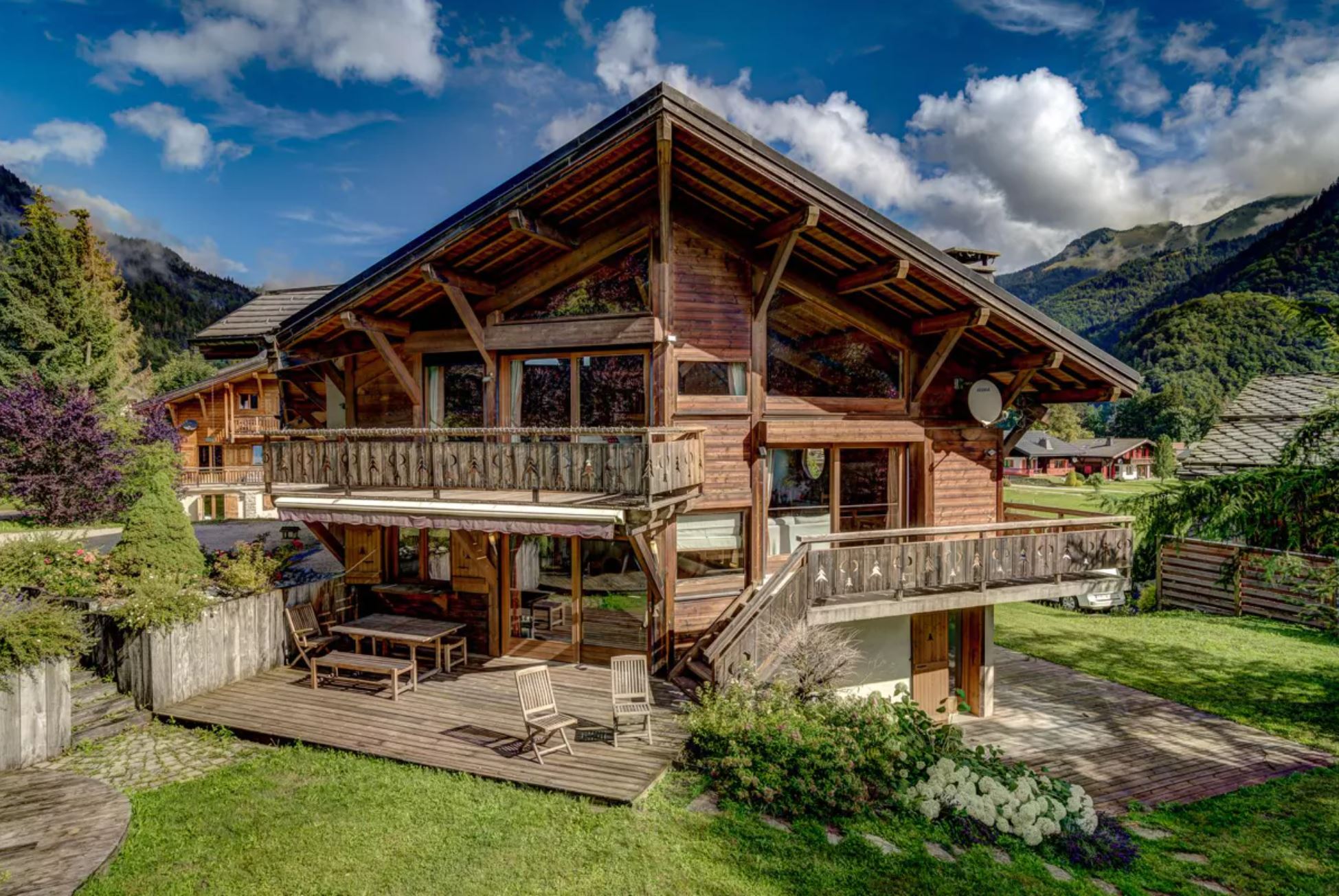
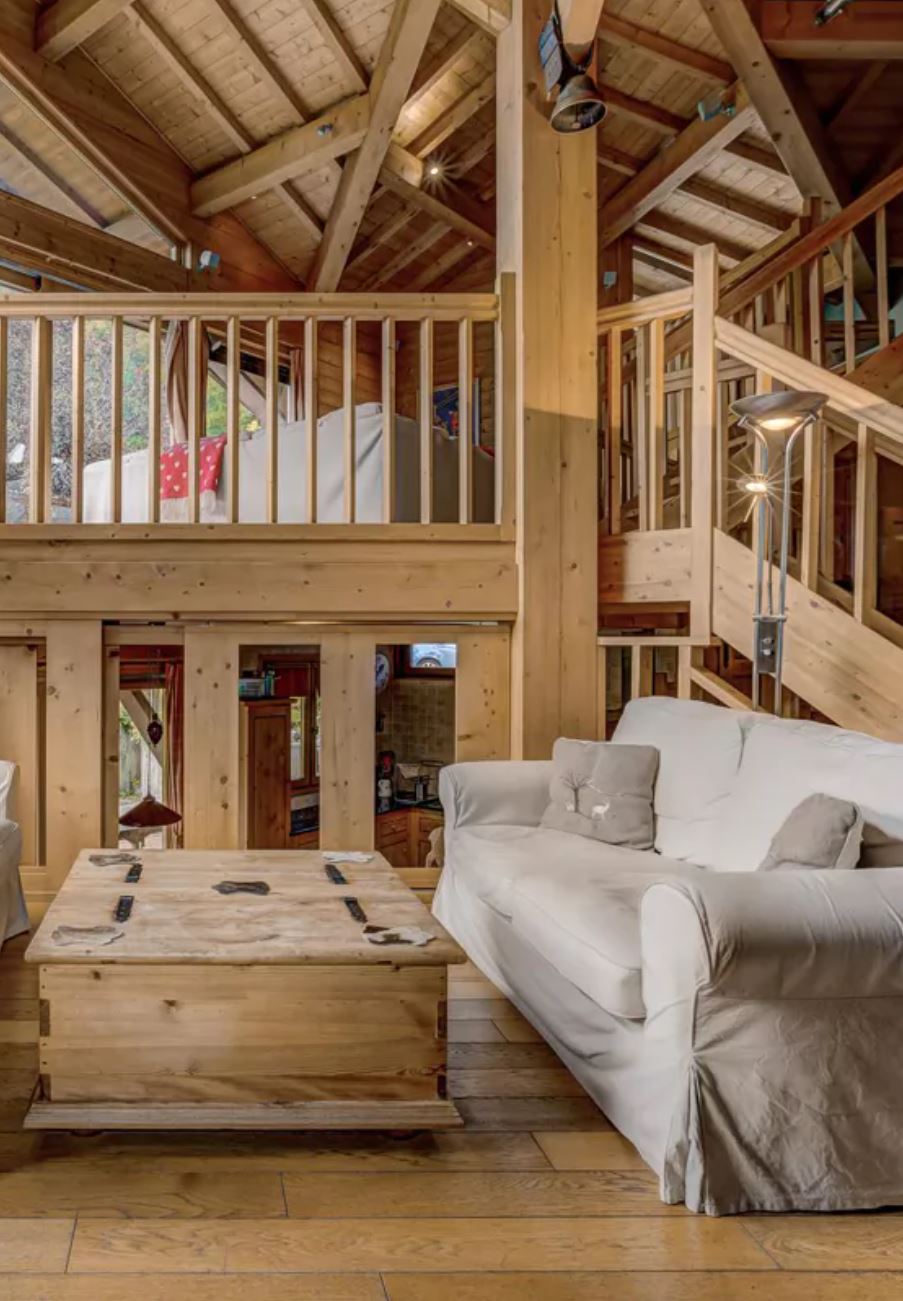
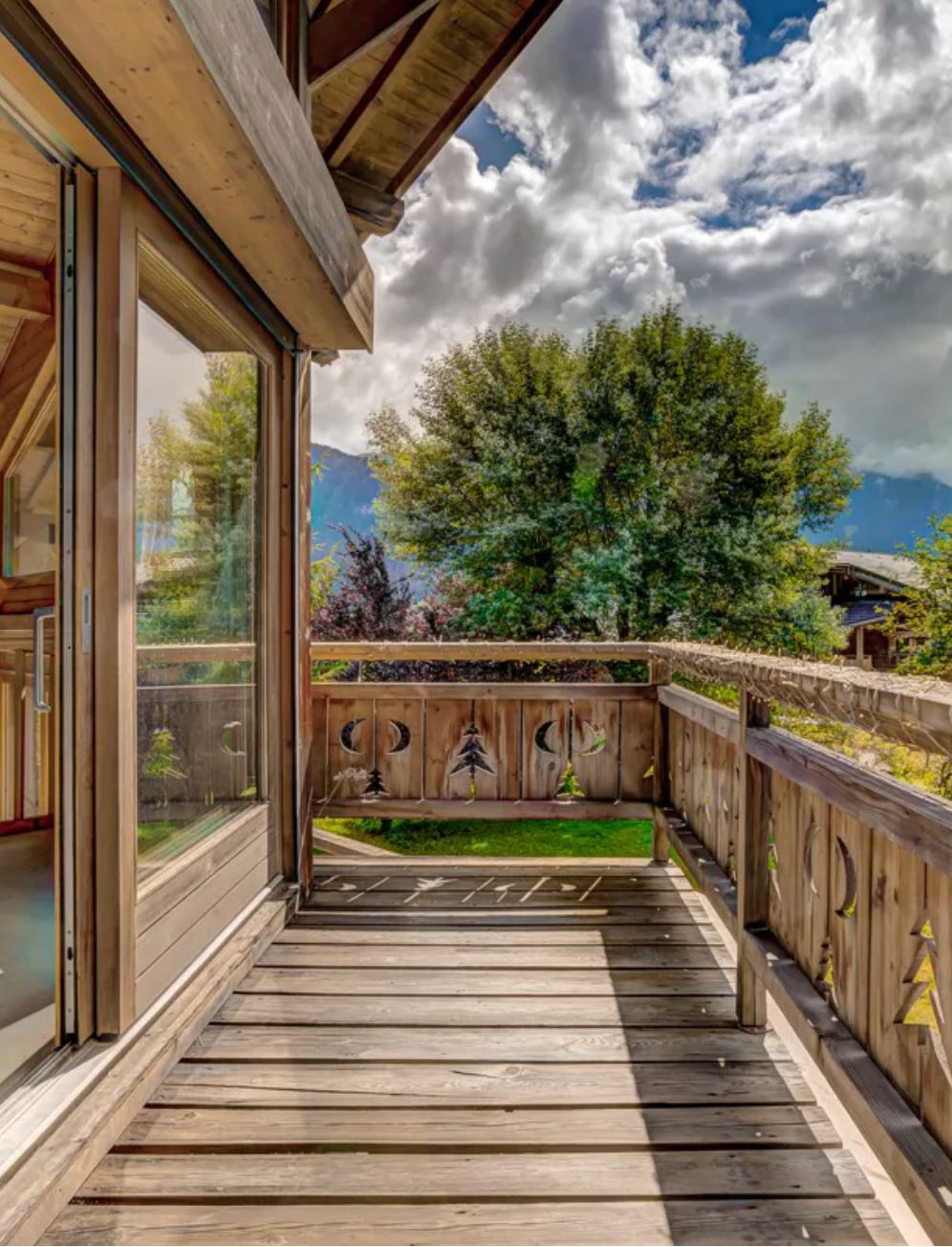
A charming, five bedroom chalet with a garden close to Morzine in Essert-Romand, Haute-Savoie, Rhône-Alpes. Asking price: €1,395,000
3. Rental Potential
For investors, the potential returns are an obvious consideration. According to Aris, "Based on a three-bedroom chalet valued at around €1 million in Chamonix, assuming a 30-week rental, a gross income of €80,000 is achievable, with a net income of €40,000 pre-tax."
The altitude of the resort plays a crucial role, with higher altitude resorts commanding higher rents during peak periods like Christmas and Easter. On the flip side, mid-altitude resorts such as Gstaad, Chamonix, and Val d’Isère boast ski seasons exceeding 22 weeks. These resorts have also invested heavily in year-round activities and will have higher summer occupancy rates that appeal to a broader mix of tourists.
4. Maximising Profit
Turning your Alpine property into a profitable venture requires strategic planning. Of course, choosing a property in a central location in a popular resort is your best option, but there are other key considerations if you’re looking to maximise profit.
Opt for a property with a flexible layout to accommodate a range of groups and furnish the space with your potential client's budget and lifestyle in mind. “A ski-in/ski-out property will command a premium,” adds Aris. Investing in a brand-new property can be a strategic move; buyers should research France’s VAT rebate for new-build properties.
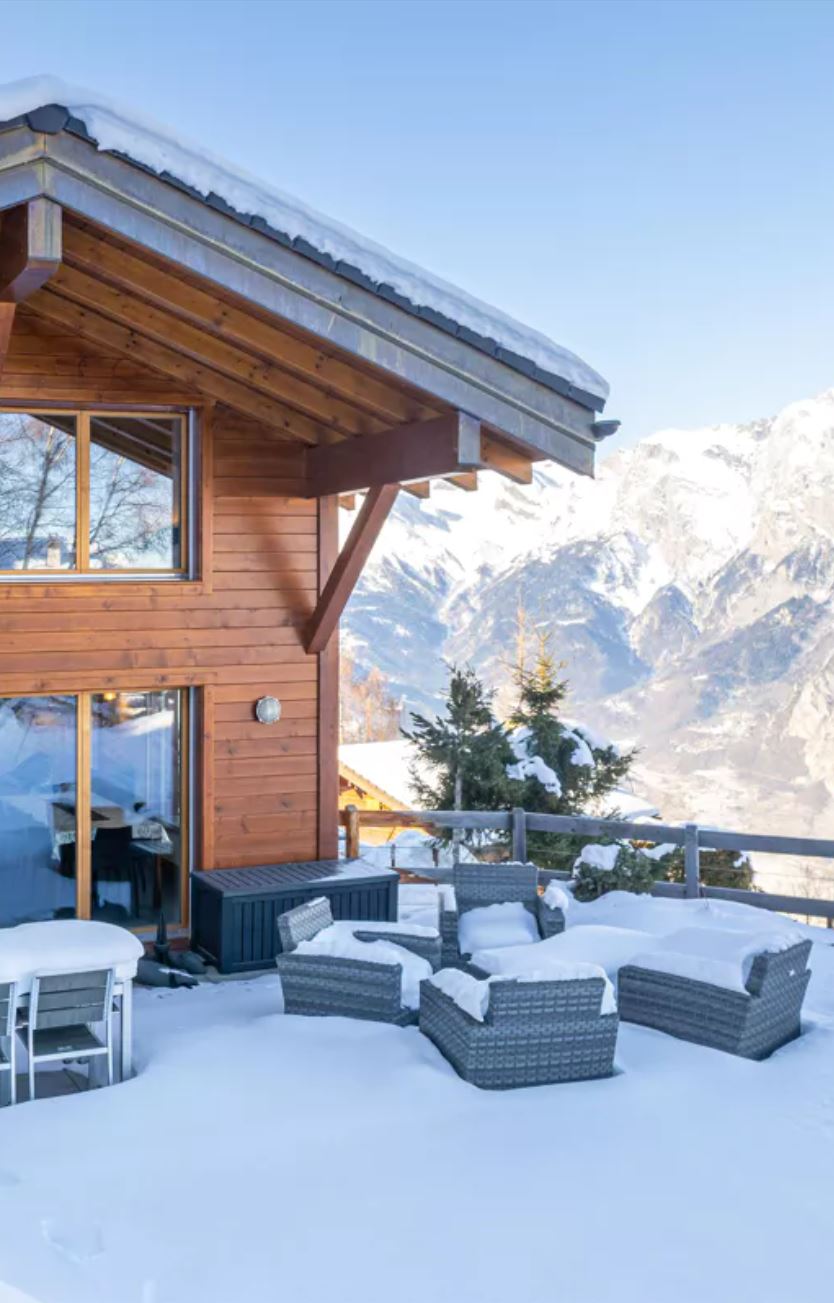
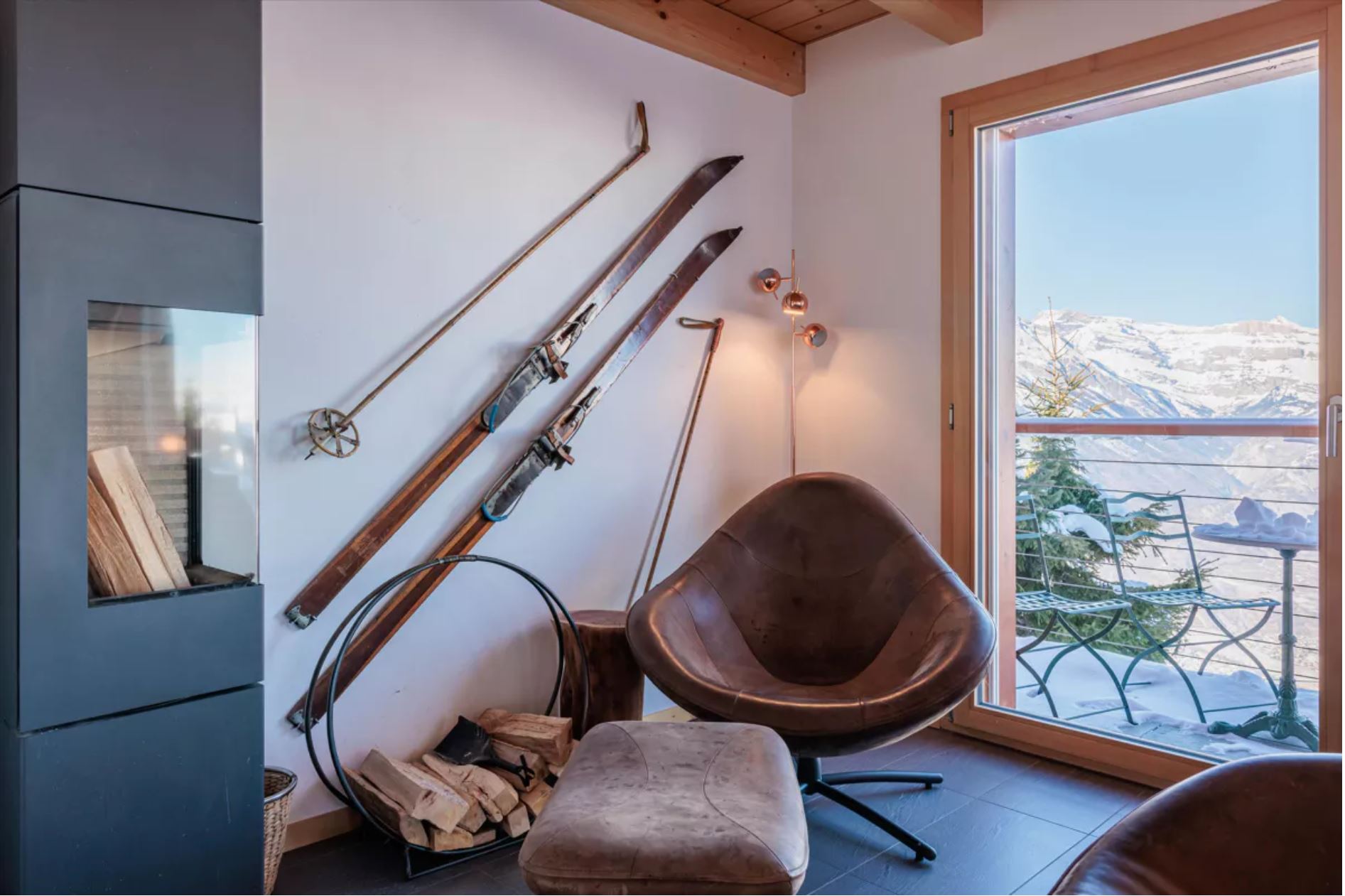
Outstanding six-bedroom chalet with outdoor jacuzzi and breathtaking views of the surrounding mountains in Nendaz, Valais. Asking price: CHF2,750,000
5. Financing
If you’re investing in an Alpine retreat, a robust financial strategy is as important as the breathtaking mountain views. John Busby, Head of Sales at Traverse International Finance, says that mortgage market rates are falling in France. Investors anticipate the European Central Bank (ECB) will reduce interest rates in April 2024, with mortgage rates across Europe likely to fall as a result. In the past month alone, a five-year fixed rate from a private bank in France has dropped by 0.40% to 4%. Swiss rates are even lower, with variable and fixed-rate offerings hovering around 2.7%.
Private banks across the Alps are willing to arrange loans up to 100% of the purchase price, provided an investment account is brought to the bank to cover the additional lending. Retail banks, though more conservative, may consider up to 70%, depending on location and profile. For prospective buyers, the key is to consult with a mortgage broker to determine the most suitable approach for their financial goals.
6. Stress-free renting
Renting out your Alpine property doesn't have to be stressful. Aris advises using a reputable management agent who is already established on rental platforms and seeking advice from an accountant. It’s also crucial to conduct thorough research on property types and sizes in different resorts and keep an eye on capital growth alongside rental revenue.
Find out more about our Alpine services and explore the latest ski chalets for sale in the French and Swiss Alps